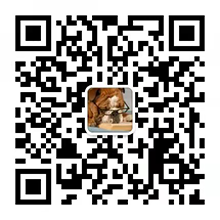discover没有形容词,第三人称单数 discovers;现在分词 discovering;过去式 discovered;过去分词 discovere。
discover的用法
1. 为及物动词,注意不要漏掉其后必要的宾语。如:
我的钱包不见了,我刚刚发现的。
误:My wallet is missing. I just discovered.
正:My wallet is missing. I just discovered it.
2. 表示“发现”某一具体的东西,后接名词或代词作宾语。如:
William Roentgen discovered X-rays. 威廉·伦琴发现x射线。
Columbus discovered America in 1492. 哥伦布于1492年发现美洲。
3. 表示“发现”某一情况,其后的宾语可以是:
(1) 名词或代词。如:
On arriving home I discovered the burglary. 我一到家就发现家中被盗。
Newton discovered the principle of universal gravitation. 牛顿发现了万有引力定律。
(2) 动名词的复合宾语。如:
We discovered her to be a good cook. 我们发现她菜做得很好。
He discovered her sitting near the fire, reading a book. 他发现她坐在炉火边看书。
有时也接不定式的复合结构,但该不定式通常为to be;若为其他动词,则通常为完成式(注意有时使用被动语态)。如:
She was discovered to be pregnant. 人们发现她怀孕了。
He was later discovered to have been a spy. 后来发现他原来是间谍。
(3) 疑问词+不定式。如:
I couldn’t discover how to use it. 我不知道如何去用它。
We never discovered how to open the box. 我们从未找到打开这只箱子的办法。
discover的基本意思是“除去覆盖物,使之显示出本来的面目”。引申则表示“发现”,指发现的对象本来存在,但人们不知道而被发现者所发现,可指人发现人、物或地方,也可以指人发现特定的活动或科学规律。
discover也可表示出乎意料地撞见〔碰见〕某事物或了解到、认识到、发觉某事物,由此引申可表示弄明真相或找到答案。
discover是及物动词,可接名词、代词、带疑问词的不定式、that/wh-从句作宾语,也可接以动词不定式、现在分词和“to be+n./adj./prep. -phrase”充当补足语的复合宾语。可用于被动结构。



